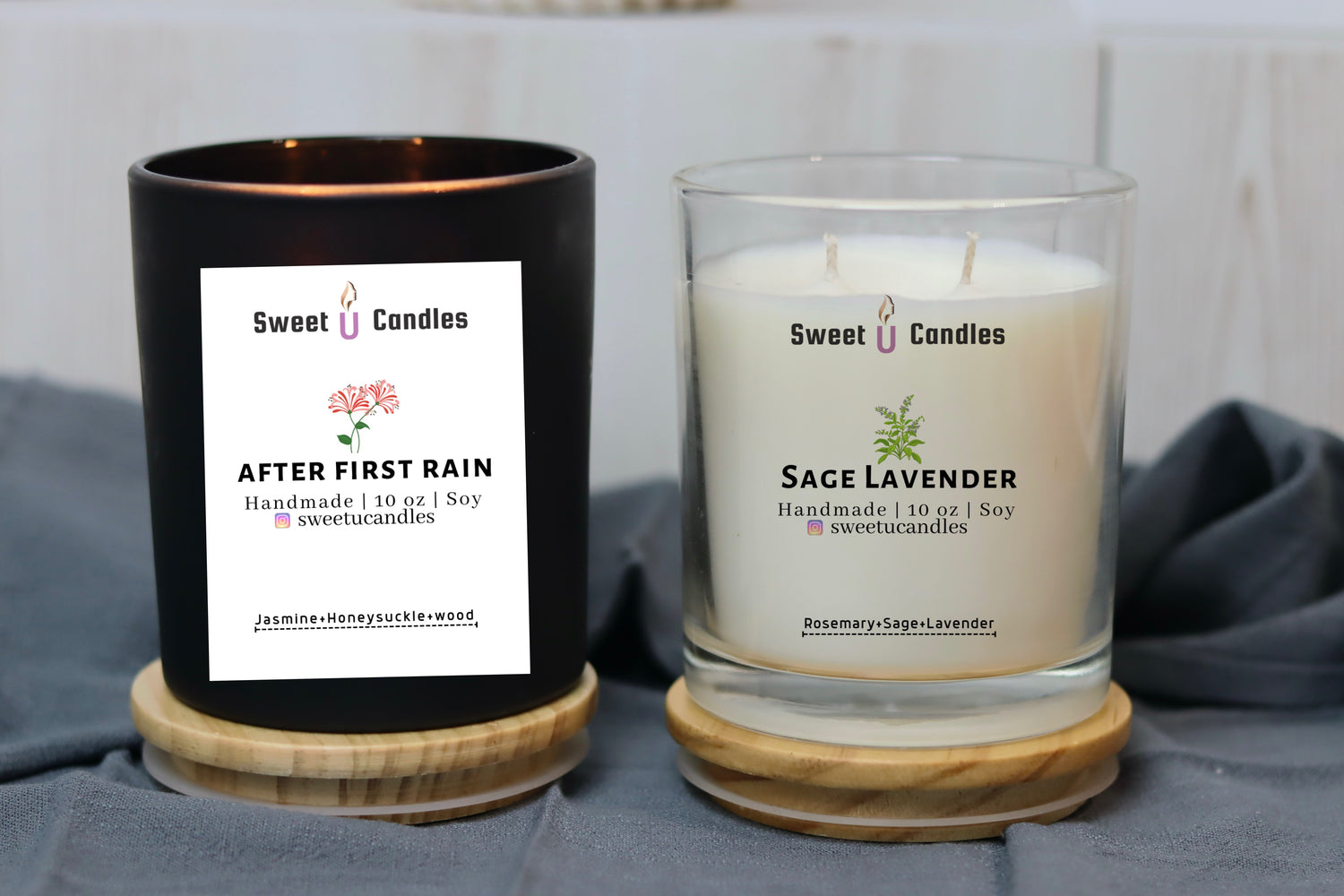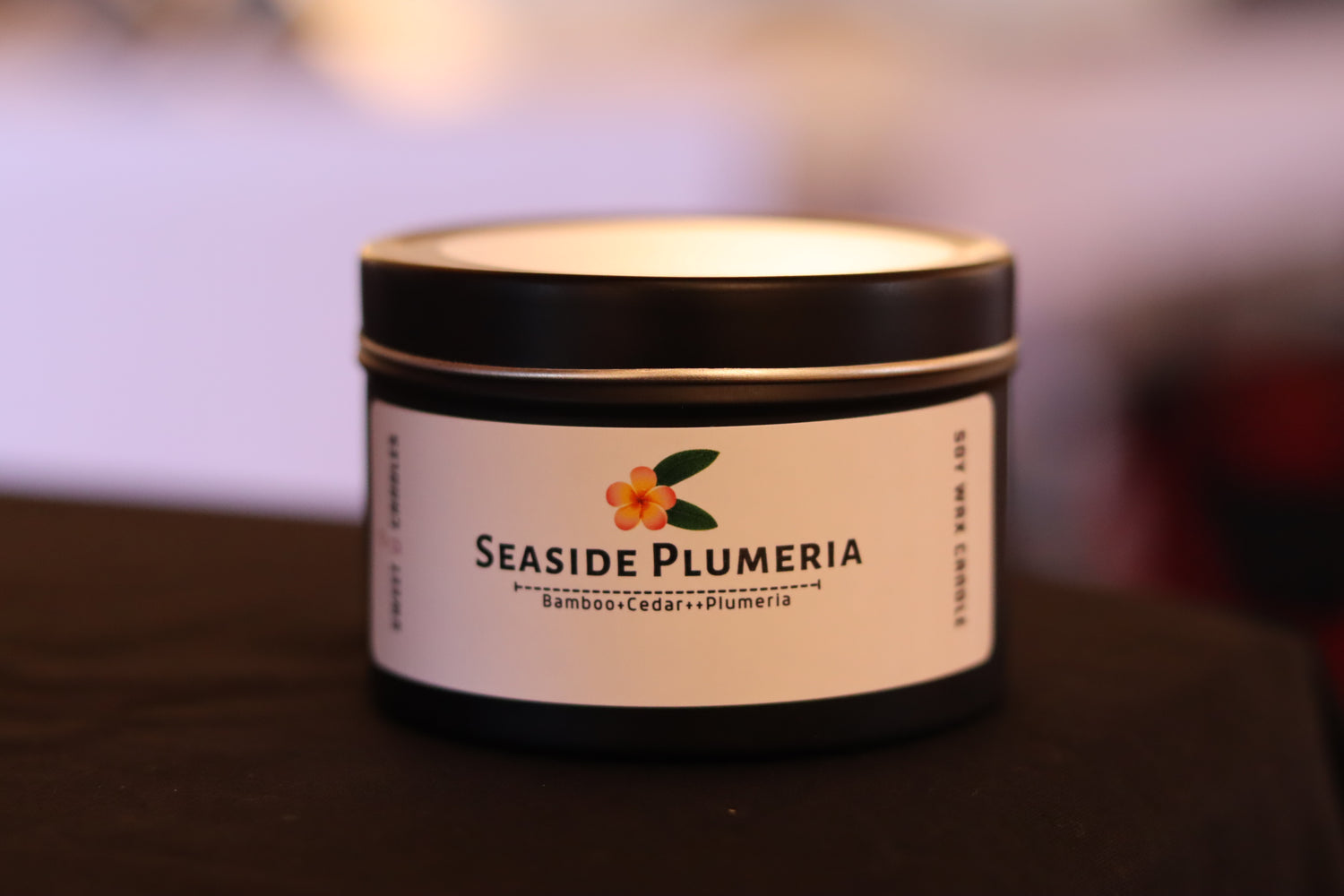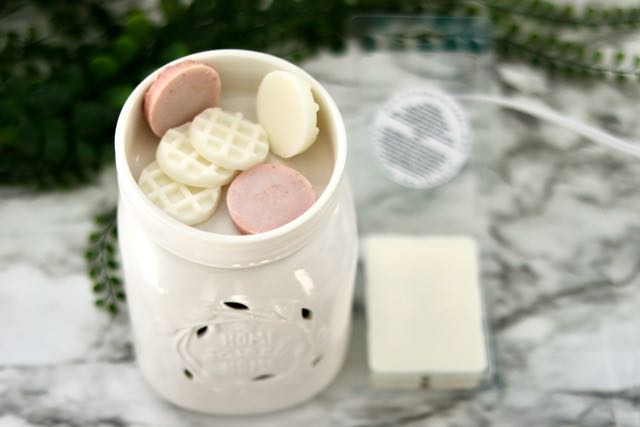
What are Fragrance Oils?
Fragrance oils are synthetic oils created in a lab to replicate natural scents. They are not derived entirely from natural sources. Fragrance oils fall into two categories: synthetic and natural.
-
Synthetic Fragrance Oils: Synthetic oils are made from artificial chemical components not found in nature. Many commercial products use synthetic fragrance oils because their scent lasts longer than natural fragrances. However, synthetic fragrance oils can contain numerous chemical ingredients, making them a concern for those with skin or fragrance sensitivities. On cosmetics labels, they might be listed as perfume, fragrance, fragrance oil, or parfum.
-
Natural Fragrance Oils: Despite the name, natural fragrance oils are still created in a lab. They are called "natural" because they isolate fragrance components derived from natural sources. Examples include limonene from lemons, vanillin from vanilla beans, and geraniol from roses. Natural fragrance oils are a better choice for those with sensitive skin, fragrance sensitivities, or when gifting to individuals with allergies.
Uses of Fragrance Oils:
Fragrance oils find applications in various crafts and homemade scents. Here are ten popular uses, many of which you can create yourself:
- Scented candles
- Scented soaps and creams
- Scented massage oils
- Deodorizing room spray
- Scented lotion
- Rollerball fragrances
- Car air fresheners
- Scented laundry detergent
- Scented bubble baths
- Perfume and colognes
Note: When making or using fragrance oils that come into contact with your skin or clothes, opt for natural fragrance oils instead of synthetic ones.
Shelf Life of Fragrance Oils: The average shelf life of fragrance oils ranges from six to twelve months, depending on their composition. Proper storage in a cool, dark place can extend their lifespan. Signs of expired fragrance oils include an off smell, change in scent, or faster scent fading.
Popular Fragrance Oil Scents: Fragrance oils are commonly used in everyday items. Here are ten examples of popular fragrance oil scents you might encounter frequently:
- Apple cinnamon
- Birthday cake
- Sweet rose
- Candy cane
- French vanilla
- New car smell
- Peppermint patty
- Pine forest
- Sea breeze
- Spiced orange and strawberries and cream
Understanding Essential Oils: Essential oils are highly concentrated oils extracted from aromatic plant parts like roots, herbs, or flowers. They capture the beneficial properties, scents, and flavors of these plants. Essential oils are 100% pure oils that haven't been diluted, mixed, or processed with additives.
Uses of Essential Oils: Essential oils have a long history of use and serve various purposes today. They are commonly used in aromatherapy, meditation, and have been recognized for three main uses:
-
Odorants: Essential oils' aromatic properties make them ideal for scenting spaces. They can be used in scented candles, perfumes, detergents, room and clothing sprays, and perfumed soaps.
-
Flavors: When used in small amounts, essential oils derived from plants can be safe to consume for medicinal purposes. Always check labels and consult a healthcare provider for guidance.
-
Medicines: Essential oils have medicinal properties, such as providing natural support during pregnancy, assisting with minor ailments like headaches, and even having effects similar to antidepressants. Consult your healthcare provider for advice on using essential oils for medicinal purposes.
Shelf Life of Essential Oils: Essential oils, being natural, tend to last longer than synthetic oils. The shelf life varies depending on the plant source, with some oils expiring after two years and others lasting up to 15 years. Proper storage, treatment, and dosage impact their longevity. Signs of expired essential oils include loss of scent, color changes, thickening, or cloudiness. When in doubt, dispose of the oil safely.
Popular Essential Oils and Their Benefits: There are over 90 types of essential oils, each with unique scents and associated benefits. Here are ten popular essential oils and their benefits:
- Lavender: Calming and soothing properties
- Peppermint: Energizing and aids digestion
- Lemon: Uplifting and refreshing
- Tea tree: Antiseptic and antimicrobial properties
- Eucalyptus: Respiratory support and invigorating scent
- Rosemary: Mental clarity and focus
- Chamomile: Relaxing and promotes sleep
- Frankincense: Grounding and supports skin health
- Ylang-ylang: Mood enhancer and aphrodisiac
- Bergamot: Mood booster and stress reliever
In conclusion, fragrance oils and essential oils have significant differences in their composition, scents, and uses. Now that you understand these distinctions, you can choose the appropriate oil for your next DIY project.




